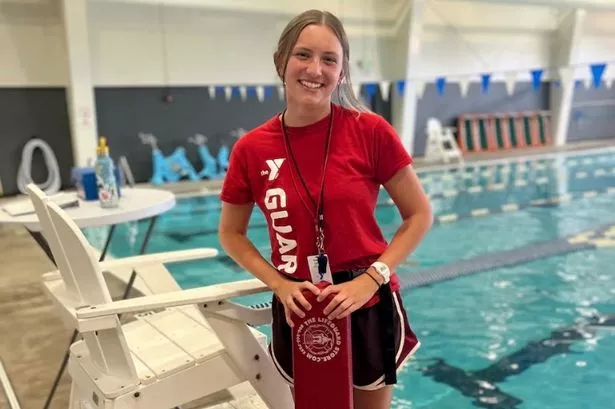Lifeguarding is more than just scanning the water and reacting to emergencies. Advanced lifeguarding requires a proactive approach, combining strategic supervision, effective communication, and ongoing skills development. This article explores key strategies that lifeguards can implement to ensure a safer aquatic environment.
1. Vigilant Scanning Techniques
A lifeguard’s primary responsibility is to maintain constant surveillance of their designated area. Effective scanning involves:
- Systematic Movement: Using a scanning pattern that ensures all areas are covered.
- Zone Awareness: Understanding the high-risk areas, such as deep ends, diving boards, and crowded zones.
- Recognizing Distress Signs: Identifying early signs of distress before they escalate into emergencies.
- Avoiding Distractions: Staying focused and minimizing unnecessary conversations or distractions.
2. Positioning for Optimal Visibility
The position of a lifeguard can determine how quickly they spot an incident. Key positioning strategies include:
- Elevated Stands: Providing a better vantage point to oversee large areas.
- Rotational Shifts: Preventing fatigue by rotating between different positions.
- Shaded Areas: Reducing sun glare, which can obstruct visibility.
- Strategic Walking Patrols: Moving around designated areas to get different angles of observation.
3. Effective Communication Skills
Clear and assertive communication is crucial for maintaining order and responding to emergencies. Lifeguards should:
- Use Whistle Signals: Standardized whistle commands alert swimmers and staff to important messages.
- Employ Hand Signals: When verbal communication is difficult, hand signals can convey instructions efficiently.
- Engage with Swimmers: Proactive engagement can deter unsafe behavior and build trust with patrons.
- Coordinate with Team Members: Effective teamwork ensures seamless responses in emergencies.
4. Prevention and Proactive Safety Measures
Preventing accidents is a vital part of lifeguarding. Strategies include:
- Enforcing Pool Rules: Strictly monitoring behavior to prevent risky activities like running or diving in shallow areas.
- Educating Swimmers: Providing guidance on safe swimming practices, especially for children and non-swimmers.
- Conducting Safety Drills: Regular practice drills to prepare for potential emergencies.
- Assessing Environmental Conditions: Checking for hazards such as slippery surfaces, water clarity issues, or strong currents.
5. Swift and Coordinated Emergency Response
In emergencies, lifeguards must react quickly and efficiently. This requires:
- Regular Training: Routine skill refreshers on CPR, first aid, and water rescues.
- Emergency Action Plans (EAPs): Well-practiced procedures for different types of incidents.
- Equipment Readiness: Ensuring rescue tubes, backboards, and first aid kits are easily accessible.
- Clear Crowd Management: Keeping bystanders away from emergency areas to allow for effective intervention.
6. Maintaining Physical and Mental Fitness
Lifeguarding is a physically demanding job that requires strength, endurance, and focus. Lifeguards should:
- Engage in Regular Exercise: Building stamina and strength for rescue operations.
- Stay Hydrated and Eat Well: Maintaining energy levels to remain alert.
- Practice Stress Management: Managing the mental demands of lifeguarding through relaxation techniques and adequate rest.
7. Continuous Learning and Skill Development
Lifeguarding techniques and safety protocols evolve over time. Lifeguards should stay updated by:
- Attending Advanced Training Courses: Learning new lifesaving techniques and first aid advancements.
- Participating in Workshops and Seminars: Staying informed on the latest safety protocols.
- Engaging in Peer Evaluations: Receiving feedback from colleagues to improve skills.
- Reviewing Past Incidents: Analyzing previous rescue operations to identify areas for improvement.
Conclusion
Advanced lifeguarding requires more than basic rescue skills—it demands proactive supervision, quick decision-making, and continuous improvement. By implementing these strategies, lifeguards can enhance their effectiveness, prevent emergencies, and create a safer environment for everyone. Whether overseeing a pool, beach, or waterpark, adopting these best practices ensures that lifeguards are prepared for any situation.

